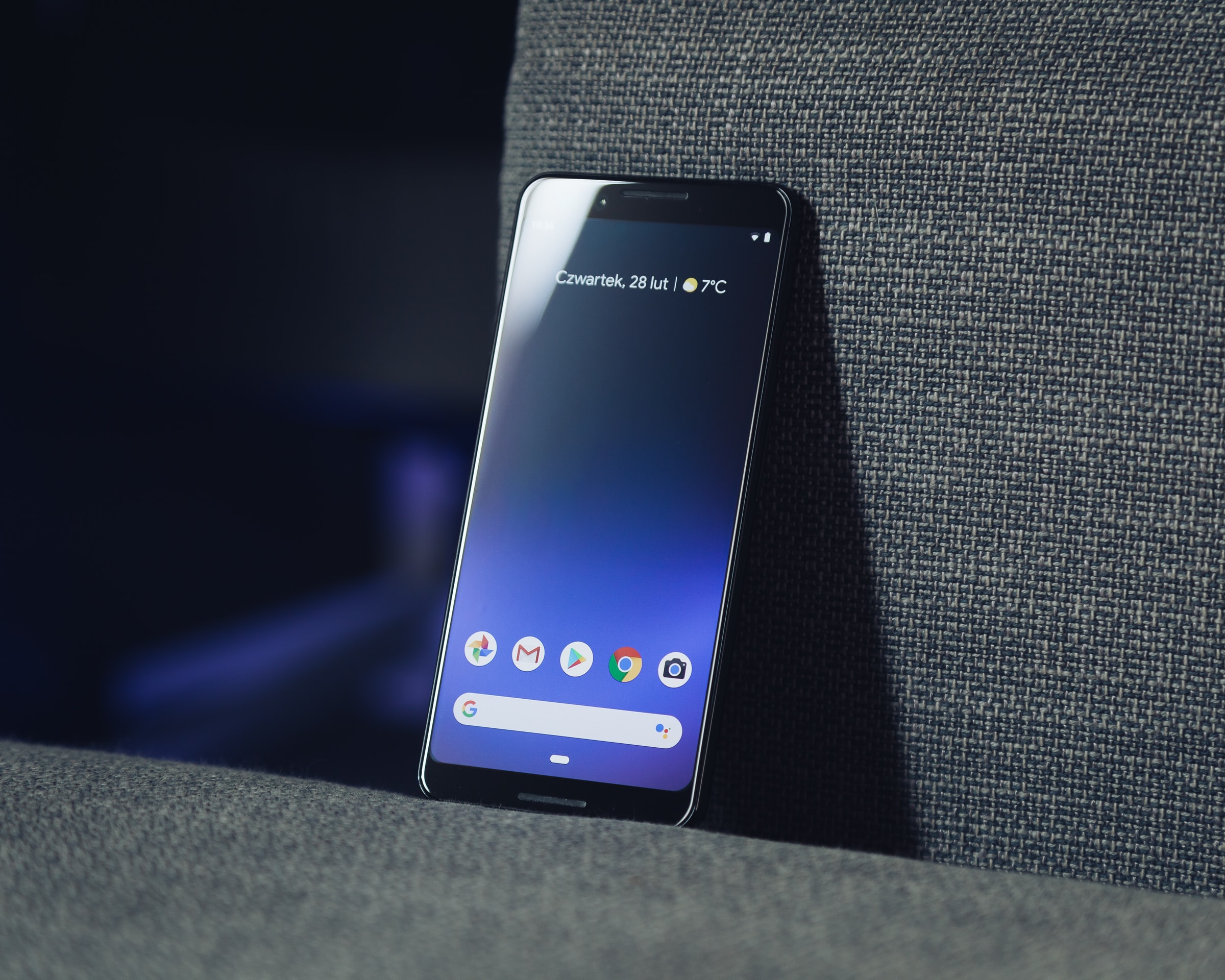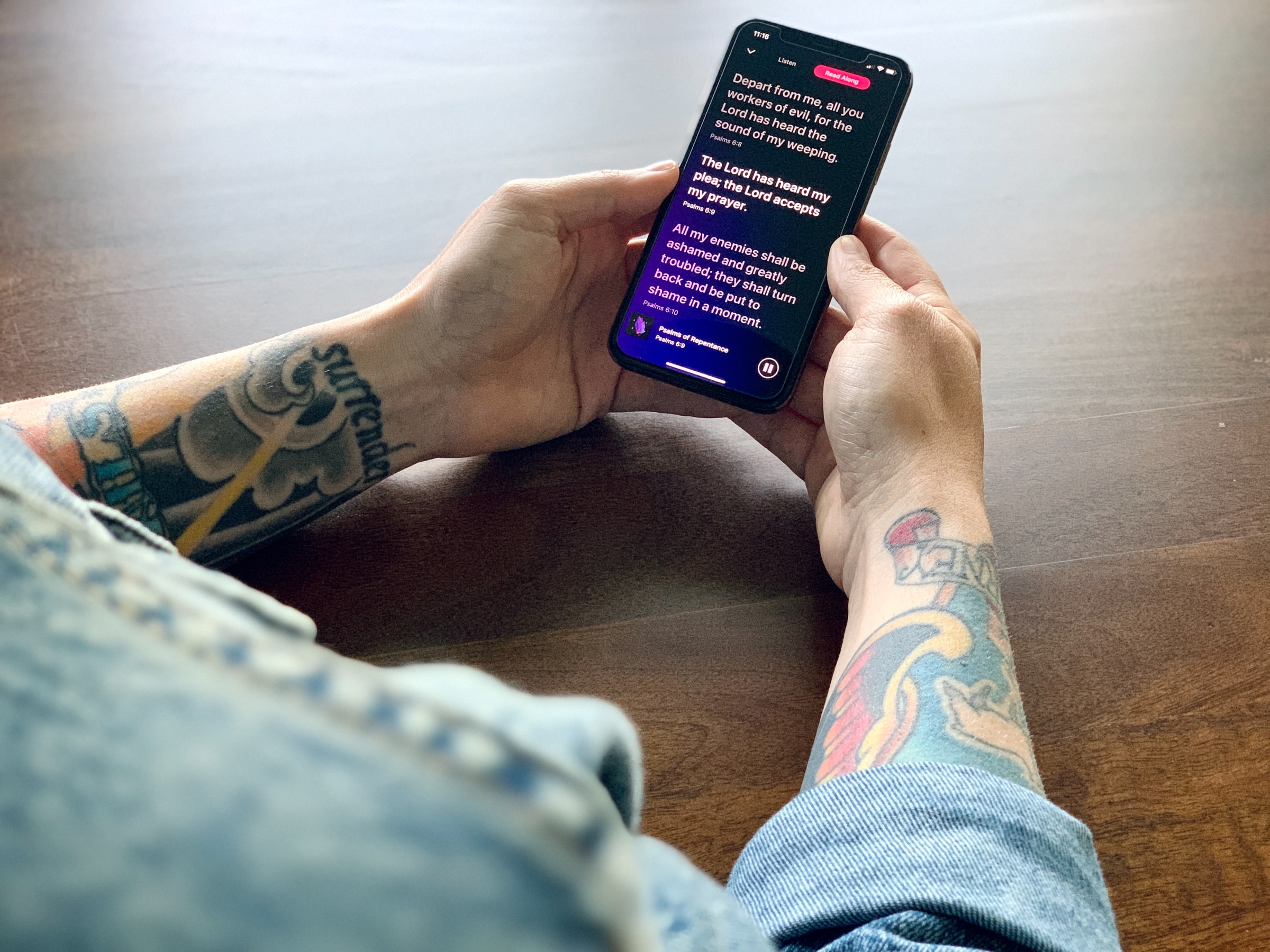
2019 was a tumultuous year for the smartphone industry. Manufacturers around the world were faced with the reality that global smartphone shipments are in decline. But innovation for these devices soared; sophisticated new features such as foldable screens debuted, and long-awaited technology like 5G finally arrived (for some regions).
While both of these examples were early iterations, they’ve set the tone for the near future of smartphone technology. Mobile devices are getting better, faster, and stronger. And with improvements in artificial intelligence (AI) development, processing power, and camera technology, the sky’s the limit for innovation.
The Biggest Changes of the Past Two Decades
At the start of this century, the ancestors of modern mobile phones were quite archaic in functionality. It wasn’t unusual for service providers to charge by the minute or text message. Ring tones were all the rage. And mobile gaming hadn’t hit their stride yet; “Snake” was the most popular game by default.
Since then, mobile devices have transformed from traditional phones to general-purpose communication tools. Let’s briefly examine some of the most significant changes.
Aesthetics
Put a phone from 15 years ago next to one from today, and you’ll notice a stark difference in appearance. But that doesn’t really tell the whole story of the evolution of mobile phone aesthetics.
Originally, mobile phones resembled gigantic candy bars. These big and bulky devices weren’t exactly easy to carry around in your pocket, so it’s easy to see why the iconic flip phone became immensely popular.
After a while, the flip phone gave way to slide phones, which were then replaced by the touchscreen phone, the most widely popular style of smartphones currently available on the market. Today, mobile phones are much smaller and lighter in weight than their predecessors.
Function
Mobile phones were obviously intended to bring portability to communication. If you were traveling from New York City to San Francisco, you could still call all of your contacts from the same number thanks to this technology. For a while, that was pretty much the sole purpose of mobile phones.
But a combination of factors like emerging technologies, network infrastructure improvements, and social needs spurred the development of other capabilities. Now, we can take slow-motion videos, bursts of photos, send and receive emails and text messages, browse the web, listen to music, and play games — all in a 15-minute commute!
Thanks specifically to AI, leveraging these abilities has become more intuitive than ever before. Human-machine interaction has progressed so far that we can now talk to our phones as though they’re our very own personal assistants.
Image Technology
Perhaps the most surprising mobile development of the past two decades is the advancement of photography functionality. It wasn’t long ago that a single, rear-facing camera was considered cutting-edge. But the advent of smartphone technology brought a host of new capabilities; screen display, a second camera, night-mode, and high-definition video recording name just a few.

All together, these features have made photography one of the primary and most valuable functions of the modern smartphone.
What Can We Expect in the Next Generation of Smartphones?
Enough history lessons — let’s take a look at what we can expect to see in the upcoming generation of mobile phones.
The Comeback of Foldable Phones
Over the past couple of years, tech conferences like the Consumer Electronics Show (CES) have seen a resurgence in foldable smartphones. Due to cost and technological limitations, foldable mobile phones haven’t really gained traction with consumers again yet. But with massive potential to increase screen size, it’s likely that we’ll be seeing more iterations of this concept in the near future.
Maximized Screen Space
Speaking of screens, the majority of smartphone manufacturers have introduced smartphones with full screens in recent years. It’s easy to see why; bigger screens make stunning visual effects and high-definition photos stand out more.
The biggest debate right now regarding full-screen displays revolves around the notch — that black, usually rectangular cutout at the top of your phone. A smartphone notch typically houses a speaker, some sensors, and the front-facing camera. While undeniably important, many users feel like the notch is holding back screen space optimization.
To address this, manufacturers are employing no-notch displays and water-drop notches. The water-drop notch display allows for a screen-to-body ratio of 85%, while the newer no-notch display boasts an even higher proportion of screen space. We can expect these designs to dominate smartphone screen aesthetics over the next few years.
Higher-Definition Mobile Photography
Today, people spend more time on social media than ever before. Besides written messages, photos and videos play a monumental role in the back-and-forth communication on platforms like Twitter and Facebook. This has indirectly fueled a competition between smartphone developers to see who can build the highest-definition camera into their device.
The second half of 2019 saw the market release of 64-megapixel cameras. 80% of smartphone companies are releasing devices equipped with this high-resolution imaging technology, and it will undoubtedly be used as a major selling point in advertisements. The race for better mobile photography will be drastically impacted by the next two items on our list: AI and 5G.
Smarter AI
AI technology has already greatly enhanced the mobile user experience. Besides improving and bringing new capabilities to mobile photography, AI has also upgraded the sensing, analyzing, and interactive abilities of smartphones.
For instance, on-device sensors like Global Positing System (GPS) tech, Wi-Fi, and Bluetooth open up an array of possibilities with AI. Your phone can now connect and intelligently interact with other devices, paving the way for streamlined development of the Internet of Things (IoT).
Besides this, your phone can also create a rich, detailed profile of you, which it then utilizes to foresee your needs and make suggestions. Through feedback from this machine-human interaction, the smartphone’s AI constantly refines itself to become the perfect companion for each user. AI will continue to be an integral component of smartphones in the near future. Expect this technology to bring more improvements to photography, cybersecurity, and battery life.
The True Arrival of 5G
For many, 2020 is considered the first year of 5G. Obviously, this technology hasn’t been rolled out on a global scale yet. But experts predict that, when it does arrive, it will reinvigorate the telecom industry. 5G won’t only increase our speed but will also broaden wireless network coverage and allow more data to be transmitted seamlessly.
This technology represents a huge opportunity for smartphone makers. Hundreds of millions of 5G phones are expected to be shipped and sold in the next year.
More Processing Power
Believe it or not, there’s still plenty of room for improvement of mobile processors. In fact, these improvements are needed to keep pace with industry trends.

Better processors mean better graphics performance. And the success of the Nintendo Switch game console has convinced the smartphone industry that users crave portable devices capable of high-quality visuals.
Besides graphics, improved mobile chips will open up more capabilities for smartphone cameras, audio systems, gesture recognition, and many other functionalities.
What Do You Want to See in Future Phones?
It’s an exciting time for the smartphone industry. Over the next few months and years, it will be interesting to see how smartphone makers concoct new strategies and functionalities to compete with one another. While it’s unclear who will come out on top, smartphone users are undoubtedly the true winners of this contest.
What capabilities do you want to see in smartphones soon? What functionalities could you do without? As always, let us know your thoughts in the comments below!





